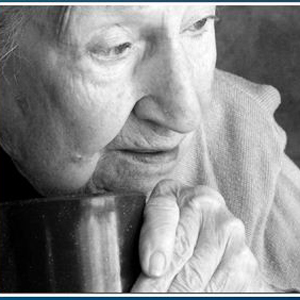
Care Sim: Decision Making and Communication
DescriptionThis course is designed to help you understand key elements in the decision making and communication process and apply those skills to a real-life care situation. The course consists of several minicourses that provide a refresher or background information on the client conditions and situations seen in the simulation. The simulation provides a non-threatening learning environment that allows the participant to make real-life care decisions and learn the consequences of those decisions without any harm to an actual client.
This is a self-paced course with optional knowledge check quizzes after each lesson. These non-graded quizzes allow you to check your understanding of the lesson objectives before proceeding to the next lesson. After the final lesson you will be required to take the final exam. You must score 70% or higher to pass the course and obtain a certificate of completion.
- Identify the role of the skin
- State the 3 main layers of skin and their purpose
- Identify at least 3 common sense practices to prevent skin problems
- Explain how often to examine the skin and what to look for
- Describe the connection between various health conditions and changes in look of the nail
- Outline health nail care practices
- Discuss guidelines for protecting the skin
- Describe the purpose and proper process for perineal care
- Identify and properly report signs of skin breakdown
- Name the two different types of leg ulcers
- Document appropriately minor wound care as directed
- Identify common support and protective measures used to avoid or treat skin breakdown and pressure ulcers
- Describe factors that affect communication
- Identify differences between team members communication styles State the importance of good team communication
- State the boundaries for confidentiality in communication with: The supervisor, Other staff members,Patients families
- Explain the purpose of the care plan in team communication
- Identify at least 3 examples of situations or signs and symptoms that should be immediately reported to the supervisor
- Outline the process of handling patient complaints
- Describe the SBAR communication model/tool
- Describe successful strategies in applying the SBAR model in home health and assisted living
- Apply basic skin care knowledge to appropriately identify potential skin problems or concerns
- Apply appropriate decision making skills to client care
- Apply proper communication techniques to report patient concerns
3 Contact Hour: based on 60 minute contact hour
The estimated time for completion for this activity is 3 hour(s).
This course is designed to meet the continuing education requirements of healthcare paraprofessionals, such as homehealth aide, nurses aide and personal care attendants.
Patricia Jump - RN PHN MA
Technical Nurse Consultant, President Acorn's End Training and Consulting. Patricia Jump received her Bachelor's in Nursing Degree from Winona State University and her Masters of Arts Degree in Health and Human Services Administration from St. Mary's University. She has over 25 years experience in the health care field and almost two decades of public speaking experience. As a professional trainer and consultant, Patricia conducts seminars across the country for all levels of employees in business, professional associations, educational organizations, churches, and government agencies. Additionally, she serves as personal coach, consultant, and retreat facilitator for home care leaders and organizations throughout the nation.
Materials used in connection with this course may be subject to copyright protection. Retention of the materials for longer than the class term, unauthorized further dissemination of the materials, or use of copyrighted materials in any way other than intended for this class is prohibited by Copyright and Teach Act laws.
This course was developed with Rochester Community and Technical College's Continuing Education and Workforce Development Division located in Rochester Minnesota. Development was funded from the Minnesota State Colleges and Universities System.